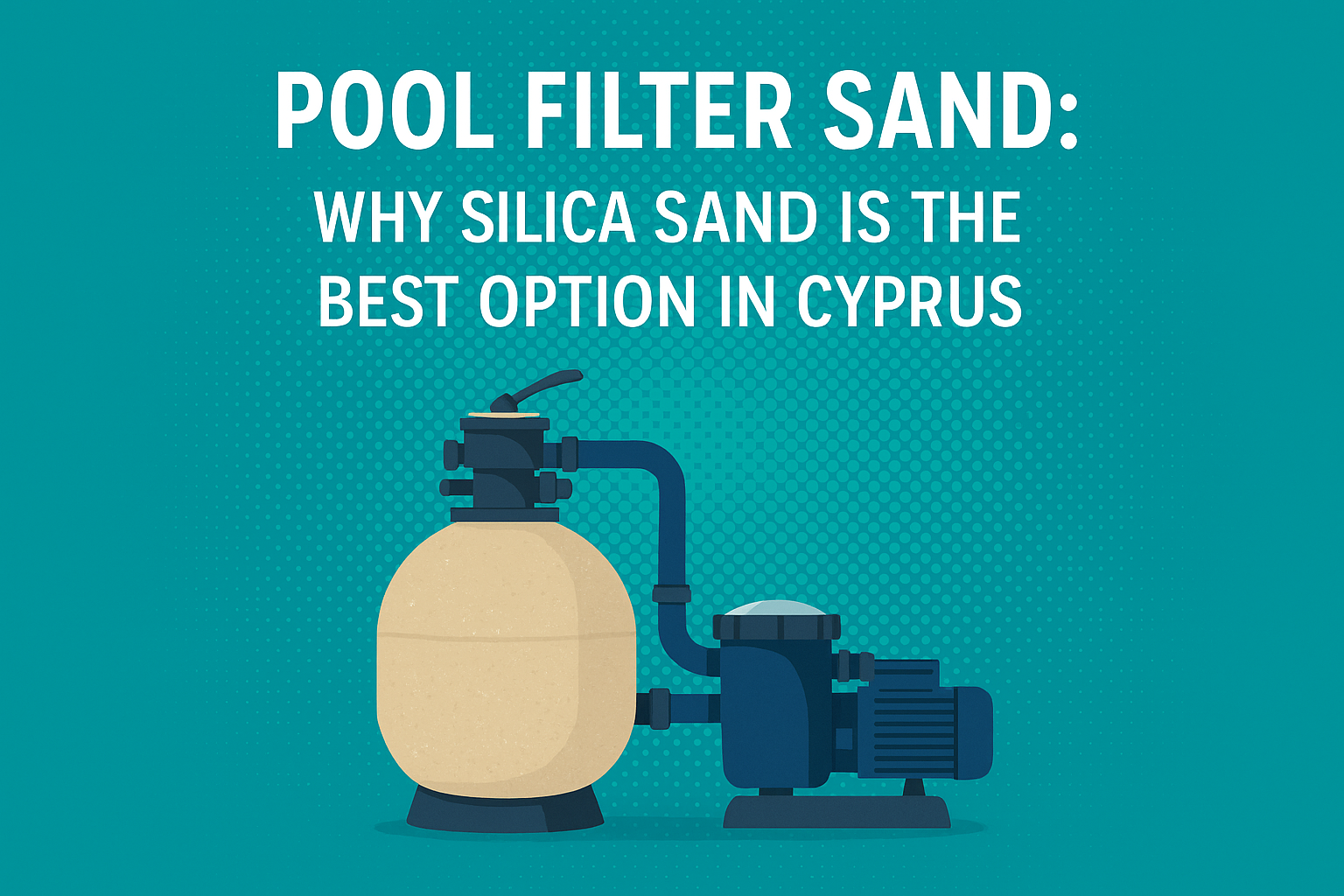Silica sand is a commonly used material in various industries, including construction, glass manufacturing, and foundry work. It is known for its high purity and durability, making it a popular choice for many applications. However, one question that often arises is how long silica sand can last before it needs to be replaced. In this article, we will explore the factors that affect the lifespan of silica sand and provide some insights into its longevity.
Factors affecting the lifespan of silica sand
Quality of the silica sand
- Purity level
- Particle size distribution
- Contaminants present
Environmental conditions
- Exposure to moisture
- Temperature fluctuations
- Chemical exposure
Usage and maintenance practices
- Frequency of use
- Cleaning and maintenance routines
- Proper storage and handling
Longevity of silica sand in different applications
Construction industry
- Concrete production
- Mortar and grout
- Asphalt mixtures
Glass manufacturing
- Glass production
- Fiberglass manufacturing
Foundry work
- Casting molds
- Core making
The lifespan of silica sand will depend on several factors such as its exposure to moisture, its usage frequency, and the environment in which it is stored. In glass manufacturing, for example, silica sand can last indefinitely since it is not exposed to moisture or extreme temperatures. In foundry work, however, silica sand may not last as long due to the high temperatures and moisture that are common in casting molds and core making processes. Proper storage and maintenance can help extend the lifespan of silica sand in these applications. Additionally, regular monitoring of the sand’s condition can help identify any potential problems and allow for corrective action to be taken before the sand’s quality is compromised.
In order to further extend the lifespan of silica sand used in foundry work, it is important to store it in a dry location away from direct sunlight and other sources of heat. Additionally, proper ventilation can help reduce the chances of moisture buildup in the sand, which can lead to degradation. Regular cleaning and maintenance of the sand can also help reduce the chances of contamination, which can lead to reduced lifespan. Finally, using high-quality silica sand and controlling the amount of impurities present can also help extend the lifespan of the sand.
Regular inspection and testing of the silica sand can help to further ensure its long-term quality and performance. This may involve measuring the sand’s particle size and shape, testing its hardness and strength, or analyzing its composition. Regular analysis can help to detect any potential problems early on and allow for corrective action to be taken before any damage is done. Additionally, regular testing can help ensure that the sand is suitable for its intended use and that it meets the required specifications.
By regularly monitoring and testing the silica sand, manufacturers can ensure that it is suitable for use and meets the required standards. This can help to reduce the chances of costly mistakes and ensure the quality of the finished product. Additionally, regular maintenance and cleaning can help to extend the lifespan of the silica sand and reduce the chances of contamination. By taking the necessary steps to ensure the quality of the sand, manufacturers can help to maximize its longevity and ensure that it is suitable for its intended use.
Conclusion
While the lifespan of silica sand can vary depending on several factors, it is generally a durable material that can last for a long time when used and maintained properly. Understanding the factors that affect its longevity and implementing appropriate practices can help maximize the lifespan of silica sand in various applications.


